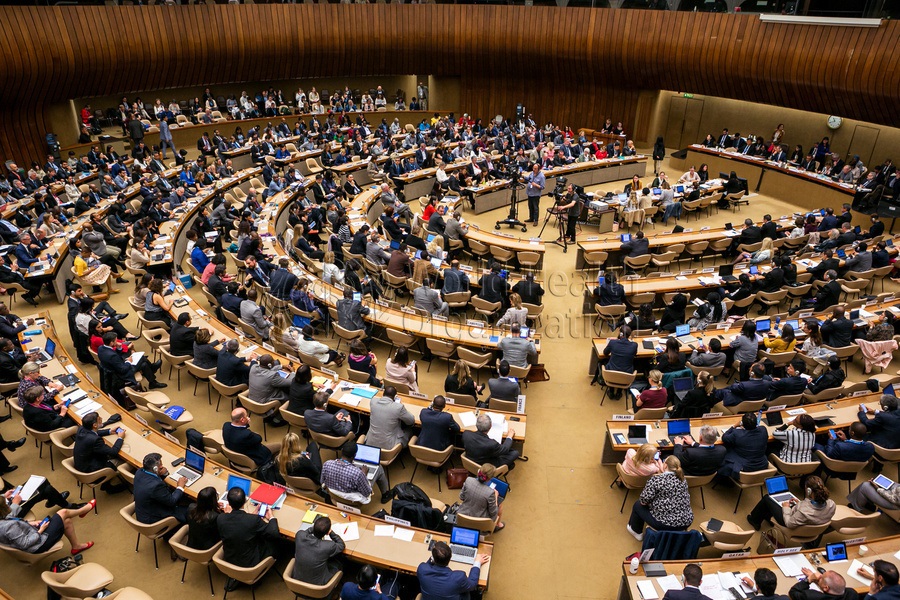
Pandemic Influenza Preparedness (PIP) Framework

The PIP Framework brings together Member States, industry, other stakeholders and WHO to implement a global approach to pandemic influenza preparedness and response. Its key goals include: to improve and strengthen the sharing of influenza
viruses with human pandemic potential; and to increase the access of developing countries to vaccines and other pandemic related supplies. The Framework was developed by Member States. It came into effect on 24 May 2011 when it was unanimously adopted
by the Sixty-fourth World Health Assembly (2011).
Watch
Publications
Pandemic influenza preparedness framework: partnership...
Pandemic influenza preparedness framework: progress report, 1 January - 30 June 2022
The Pandemic Influenza Preparedness (PIP) Framework is a World Health Assembly resolution adopted unanimously by all Member States in 2011. It brings together...
Pandemic influenza preparedness framework for the sharing of influenza viruses and access to vaccines...
The objective of the Pandemic Influenza Preparedness Framework is to improve pandemic influenza preparedness and response, and strengthen the protection...
The Pandemic Influenza Preparedness (PIP) Framework's Partnership Contribution (PC) High-Level Implementation Plan II (HLIP II) outlines the...
May 2021 signaled the 10th anniversary since the adoption of the PIP Framework and thus was an opportunity to take stock and highlight the achievements of the program for internal and external stakeholders. The brochure is part of a package of communications and advocacy products aimed at highlighting the key milestones and achievements of the PIP Framework in the 10 years since it was signed.
Diagnostics are a critical component of a pandemic response. To assist in understanding the manufacturers and range of influenza diagnostic tests available and being developed, WHO commissioned Halteres and Associates to prepare a landscape report. WHO provides a link to the external website for this report for informational purposes.
The provision of a link from the WHO website to other sites does not indicate endorsement of those sites by WHO or reflect WHO’s views or position on any matter. WHO accepts no responsibility for the validity or accuracy of the content on a third-party website, and should you choose to visit a third-party website, your use will be subject to its privacy policy and other terms of use.
Related health topics
Archive
For historical documentation on the implementation of the PIP Framework, please visit this site.
Contact us
Related teams






